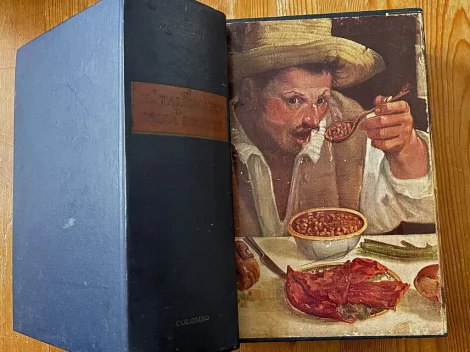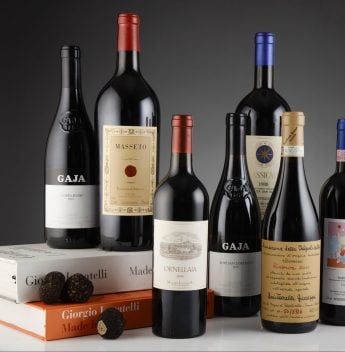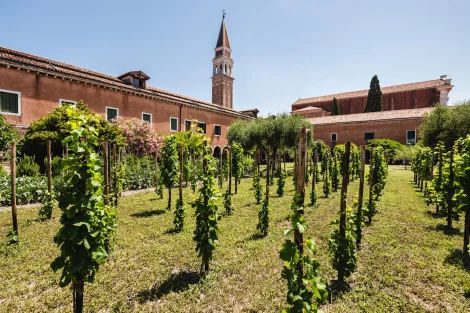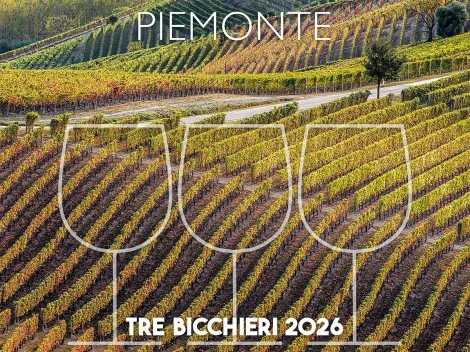by Gianni Fabrizio
The Roero Arneis Renesio Incisa Riserva 2020, awarded White Wine of the Year by the Gambero Rosso Vini d’Italia 2026 guide, is the result of an intuition by Francesco Monchiero, a young winemaker from Roero. After initially concentrating on reds, particularly on Nebbiolo, Francesco decided to enhance Arneis, an ancient local white grape variety that for decades was regarded as “minor” but has great potential.
How does one become White Wine of the Year starting from a grape that lacks the fame of a star performer? It’s a fascinating story, the one told by Francesco Monchiero, the enfant prodige of communication for his territory: Roero. After graduating from the Alba School of Enology with a thesis on Nebbiolo, he joined the family winery in the mid-1990s, naturally focusing on the red wines of Roero.
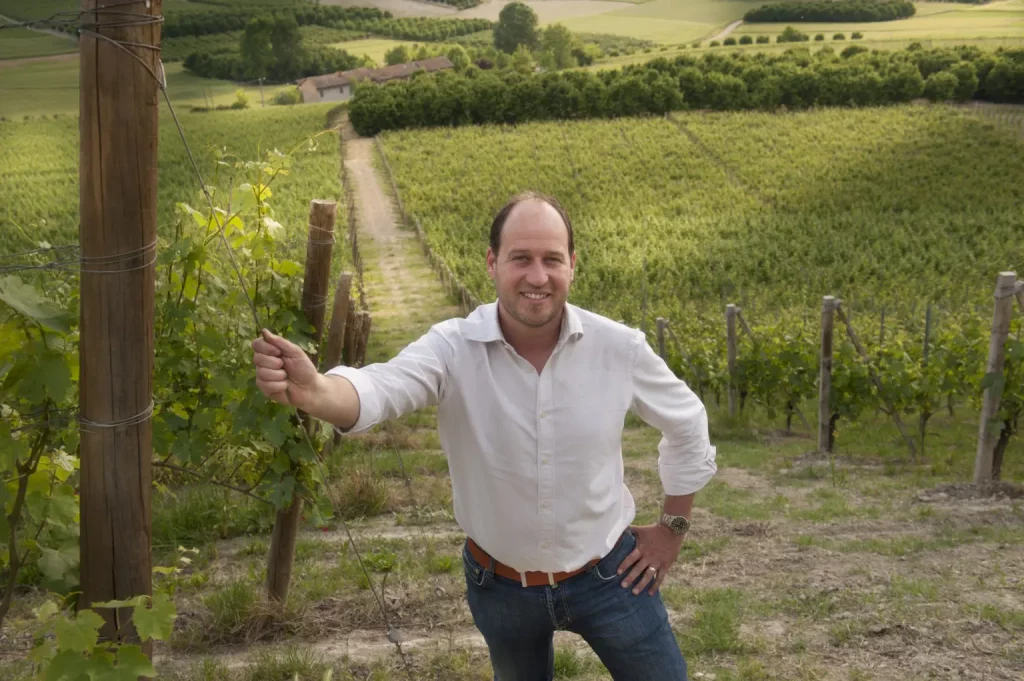
Francesco Monchiero and the (successful) gamble on Arneis
At that time, Barolo was beginning to achieve its first major successes in the American market, thanks to the enthusiastic reviews of international critics; it was therefore entirely understandable that a young Roero winemaker would focus on Roero, the red wine made from Nebbiolo grapes, and on Barbera d’Alba. Back then, Arneis, an ancient local white variety, was replanted mainly to offer a commercial alternative to reds, rather than out of real belief in its potential. Most Roero Arneis wines were simple, immediate whites with no real ambition for longevity.
After obtaining his first Tre Bicchieri award with a Nebbiolo — the Roero Rosso Superiore Printi 1999 — and strengthened by the teachings of his father, Marco Monchiero, a highly regarded oenologist, as well as by the support of his mother, Lucia Carbone, who manages the company’s administration, and his wife, Lucrezia, in charge of visits and brand ambassador for the winery, Francesco decided to focus his energy on Arneis.
In 2004 came the first vintage of Roero Arneis Cecu d’la Biunda, his first personal attempt to explore the grape’s potential. From the outset, it revealed fruity aromas that, over time, evolved into elegant hydrocarbon notes. At this point, Francesco realised that to give Arneis greater appeal, both nationally and internationally, it was necessary to enhance its structure, giving it more body.
Thus was born, among Roero producers, the idea of an Arneis Riserva — officially introduced with the 2016 harvest — capable of competing with the great Italian and international white wines.
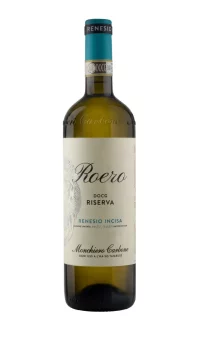
The White Wine of the Year 2026
After years of experimentation with Cecu d’la Biunda, for his Riserva Francesco chose the terroir best suited to Arneis: Renesio, a sandy hill where the variety was first mentioned in 1478 and from which, according to some, its very name may derive. To obtain a structured white, capable of long ageing on fine lees without losing freshness, Arneis must grow on sandy soils that ensure sapidity and vitality.
By extending the wine’s time on the lees without excessive oxygenation, Francesco carried out years of trials on ageing vessels, focusing not only on their porosity but also on their size. With the 2016 harvest, the Roero Arneis Renesio Incisa Riserva was produced for the first time, using a combination of steel, wood from different origins and sizes, and terracotta made from various clays fired at different temperatures.
After one year, the wine is bottled and continues its ageing in bottle for 3–4 years in the winery cellars, before being released to the market only when ready for consumption. Produced at about 280 metres above sea level, in a natural amphitheatre of about 1.2 hectares, the Roero Arneis Renesio Incisa Riserva 2020 (5,650 bottles) earned the title of White Wine of the Year thanks to its richness and aromatic complexity, offering refined aromas of melon combined with floral notes and light spicy nuances of white pepper. On the palate, it reveals a full and enveloping character, with a softness balanced by a saline note and an uncommon verve. A truly great Italian white: elegant, deep, and long-lived.

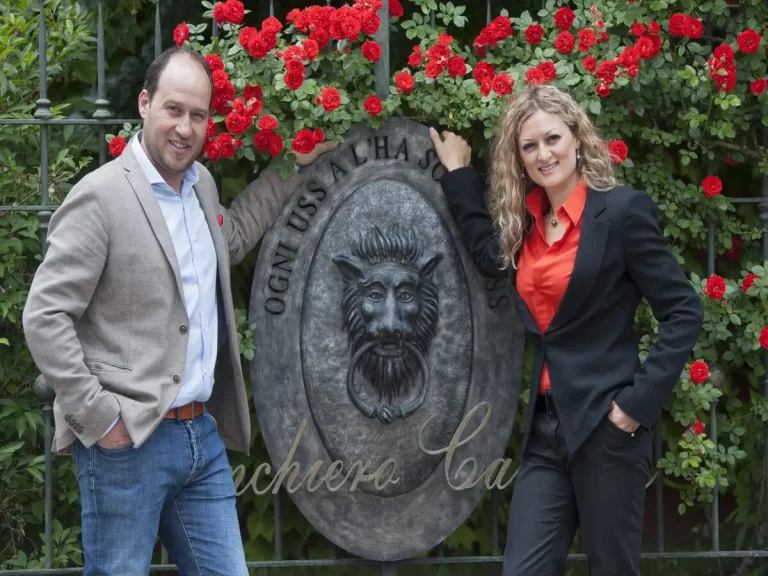
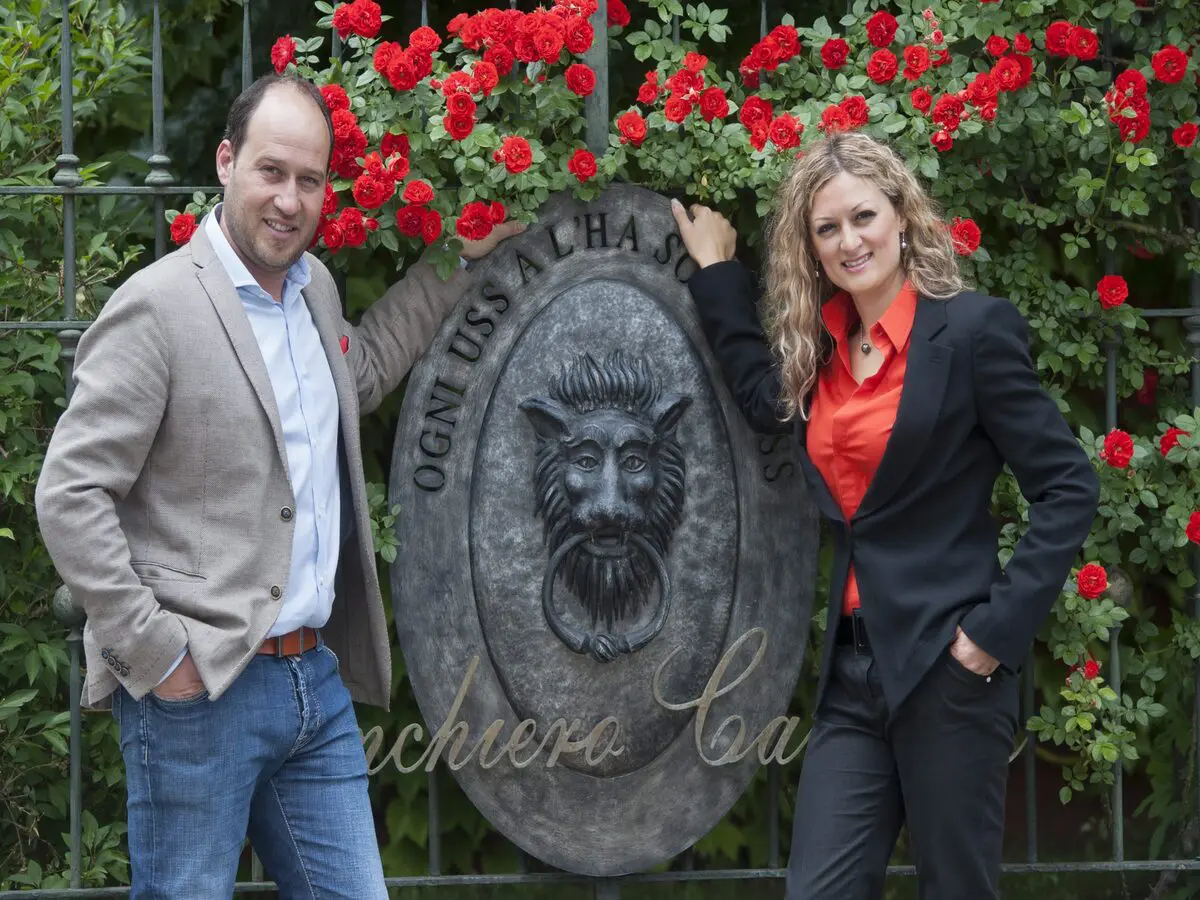 The young man who gave Arneis a future again. Here is the White wine of the Year according to Gambero Rosso
The young man who gave Arneis a future again. Here is the White wine of the Year according to Gambero Rosso Vini d’Italia 2026 Guide: The 13 special awards assigned by Gambero Rosso
Vini d’Italia 2026 Guide: The 13 special awards assigned by Gambero Rosso Italy’s best wines awarded with the Tre Bicchieri 2026 by Gambero Rosso
Italy’s best wines awarded with the Tre Bicchieri 2026 by Gambero Rosso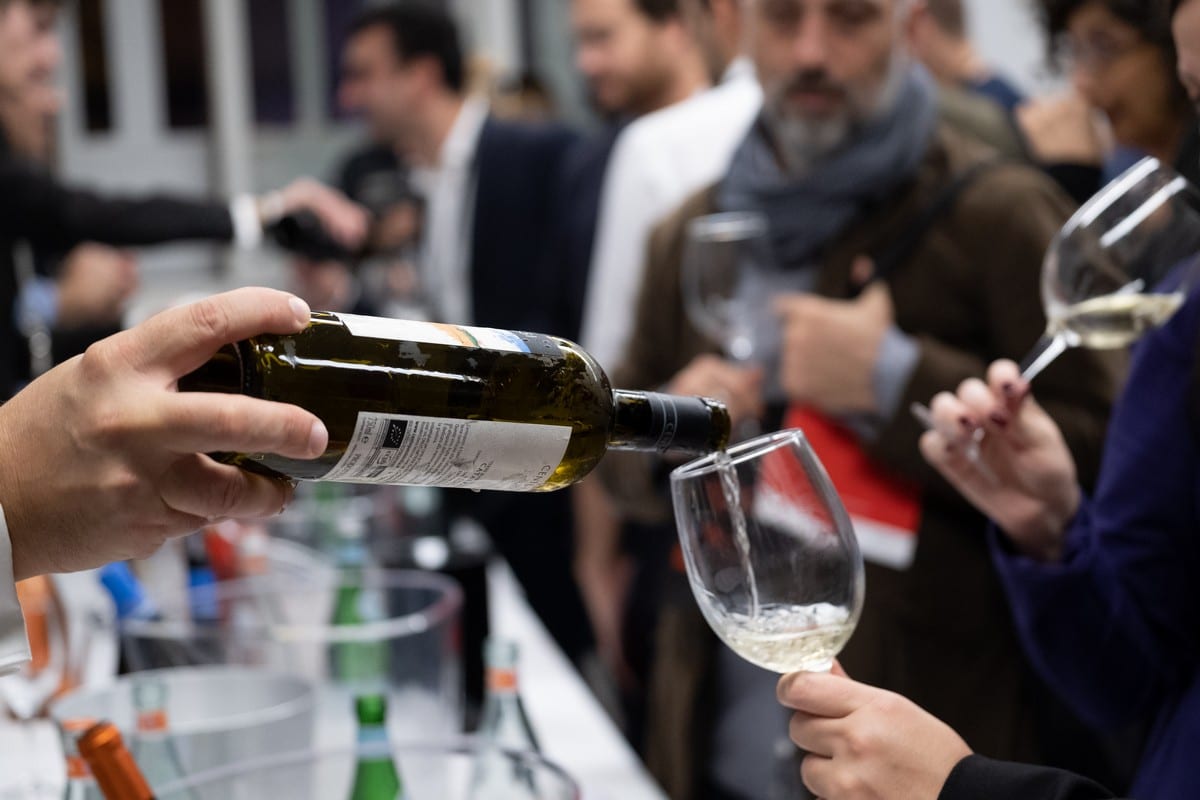 Here’s where and when Italy’s largest wine tasting will take place
Here’s where and when Italy’s largest wine tasting will take place Here are Italy’s best 'Rare Wines' according to Gambero Rosso
Here are Italy’s best 'Rare Wines' according to Gambero Rosso
